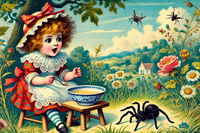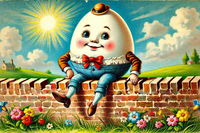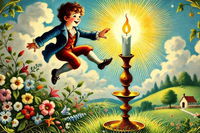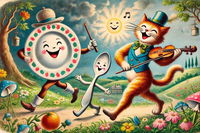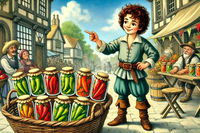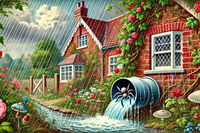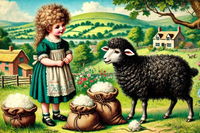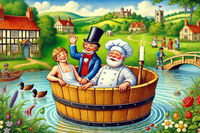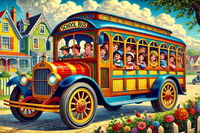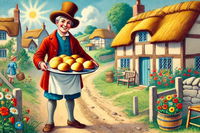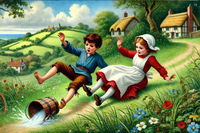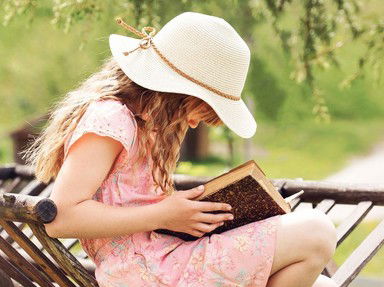
The Wheels on the Bus Go Round and Round Quiz
Scenes of Nursery Rhymes
The words of nursery rhymes stick in our heads, but sometimes when we imagine what's really happening in them, it gets a little silly. Can you match these 12 nursery rhymes with their correct images? (Click the images for a closer look!)
by trident.
Estimated time: 3 mins.
